Learn to contract and relax your pelvic floor muscles to beat your lower back pain.
You’ve tried stretching your hips, strengthening your abs, and improving your posture, yet your low back pain won’t go away. Surprisingly, the issue could stem from your pelvic floor. (1) This small but mighty sling of muscles supports your internal organs and plays a major role in spine stabilization. (2)
The pelvic floor forms the base of your body’s core muscle group, which also includes the abs, low back muscles, diaphragm, and hip muscles. The core works together as a unit to stabilize the spine via intra-abdominal pressure (IAP). What this means is that when the spine needs to be supported during activities such as running, jumping, or sneezing, the diaphragm will contract downwards, and the pelvic floor and deep abs will lift up to effectively cushion the spine against potential impact.
Suffering from a sore neck, back and shoulders? Get our mobility guide to ease pain and soreness.
Get The FREE Mobility Guide To Fix Your Pain Today!
When the core muscles aren’t working in tandem, the mobility and stability of the spine can be compromised, leading to low back pain.
The exercises below will teach you how to strengthen the pelvic floor to relieve your lower back. First, it’s important to identify the pelvic floor and learn how to contract it properly.
Note: We recommend pairing these pelvic floor exercises with gentle spine stretches, like these. Just as a weak pelvic floor can cause back pain, a tight lower back can also lead to pelvic floor imbalances, which exacerbates back pain.
How to Contract and “Bloom”
The pelvic floor muscles must contract alongside the abs and back muscles to keep the body upright. If the pelvic floor doesn’t activate, the muscles in the back will compensate by “gripping” around the spine to maintain stability. Over time, this movement pattern will lead to back and hip pain.
In order to correctly exercise the pelvic floor, you must learn how to contract and bloom, or release, these muscles. Here’s how to do it.
1. Contract the Pelvic Floor
Keep your abs, back, and bum relaxed as you complete this exercise.
- Sit comfortably on a chair or an exercise ball, or lie on your back. Relax your abs, thighs, and backside.
- Visualize the pelvic floor muscles as a cross that runs from your pubic to your anus, and side-to-side between the two sit bones.
- Inhale and relax these muscles.
- Exhale, and gently squeeze together the pelvic floor muscles, front-to-back and side-to-side, as though you’ve cinched together all four points of the cross.
- Continue exhaling as you draw the muscles upwards inside the pelvis.
- Inhale, and relax completely.
2. “Bloom” the Pelvic Floor
Releasing the pelvic floor is just as important as contracting it. An overly tight pelvic floor can create trigger points in the muscle tissue, which prevents the muscles from activating correctly when you need them to. If the pelvic floor muscles are always in a state of contraction, the back muscles can never fully relax – leading to pain.
- Lie on your back and relax your body completely. You can rest your calves on the seat of a chair if you like.
- Inhale and imagine a flower blooming through the pelvic floor opening. You will feel your pelvic floor muscles relax and widen with a very slight outwards pressure or a feeling of expansion.
- Exhale to relax your pelvic floor back to a neutral state, but do not contract the muscles.
5 Starting Positions
Here are the five best positions you can adopt when performing the exercises below. Mix them up each day so that you are challenging your pelvic floor in different planes of motion.
Lie on Your Back
You may find that this is the easiest position to find your pelvic floor muscles until you become stronger and more comfortable with these exercises. You can gently squeeze a small ball or cushion between your thighs to help feel the activation of the pelvic floor.
Sit on an Exercise Ball
The soft surface encourages your pelvic floor muscles to relax. Pay attention to maintaining a neutral spine when seated.
Sit on a Chair
Sitting upright allows you to exercise your pelvic floor in a functional way, and will help you feel the gentle co-contraction between pelvic floor, deep low abs, and the lower back.
All Fours
The quadruped position is a little more challenging as gravity is drawing your abs and spine downwards. While you may automatically want to engage your abs, try to keep your tummy and hips relaxed and just focus on the pelvic floor.
Lie on Your Side
Lying on your side helps isolate the right and left sides of the pelvic floor individually. Place a cushion between your knees and ankles to allow your hips to relax completely. Remember to repeat the exercises lying on the other side when you’re done.
Tips:
- Less is more: It is better to do fewer quality reps that a lot of incorrect contractions. Modify the repetitions for your body as needed.
- Relax completely: Take 20 seconds to fully rest between reps, and 60 seconds of “blooming” at the end of each sequence.
- Know your pelvic floor: If your pelvic floor is tight, spend more time on relaxing it. If it is weak, focus on contracting. If you are struggling to understand how well your pelvic floor is functioning, you may benefit from visiting a pelvic floor physical therapist who can provide customized techniques.
- Stretch your back: Remember to also stretch the back and hips in tandem with these exercises.
Exercises for the Pelvic Floor
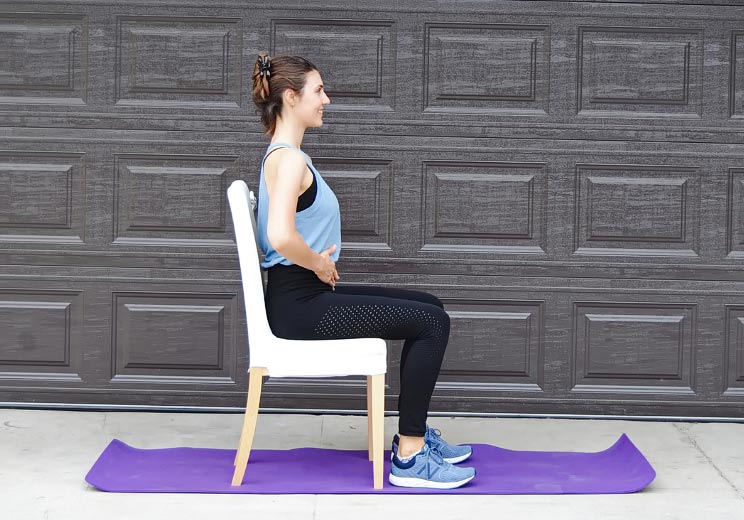
Now that you know how to activate the pelvic floor muscles by contracting and blooming, you can begin a daily strengthening practice. Complete all three of the exercises below for the recommended number of repetitions every day.
Contract the Pelvic Floor | 10 reps
- Start in any of the body positions listed above.
- Inhale to relax your muscles completely.
- Exhale to close and lift the pelvic floor muscles up. Imagine an elevator riding up from the ground to the 10th floor of a building.
- Inhale, and relax the muscles back to neutral. The elevator goes back to ground level.
- Repeat 10 reps.
Contract-and-Bloom the Pelvic Floor | 10 reps
- Start in any of the body positions listed above.
- Inhale to relax your muscles completely.
- Exhale to close and lift the pelvic floor muscles up.
- Inhale, and relax the muscles completely until you have bloomed the pelvic floor as you learned in the tutorial above. The elevator goes past ground level and down to the basement.
- Repeat 10 reps.
Pulse-Contract-and-Bloom the Pelvic Floor | 5 reps
- Start in any of the body positions listed above.
- Inhale to relax your muscles completely.
- Exhale, then close and lift the pelvic floor muscles 1/3 of the way. Pause. Lift another third. Pause. Then all the way up into the pelvis.
- Inhale, and relax the muscles completely until you have fully bloomed the pelvic floor. The elevator goes past ground level and down to the basement.
- Repeat 5 reps.
To beat your back pain, remember to do exercises like hip openers and lower back stretches in tandem with these pelvic floor exercises.
Your Next Workout: The 11 Best Kegel Exercises to Strengthen Your Pelvic Floor



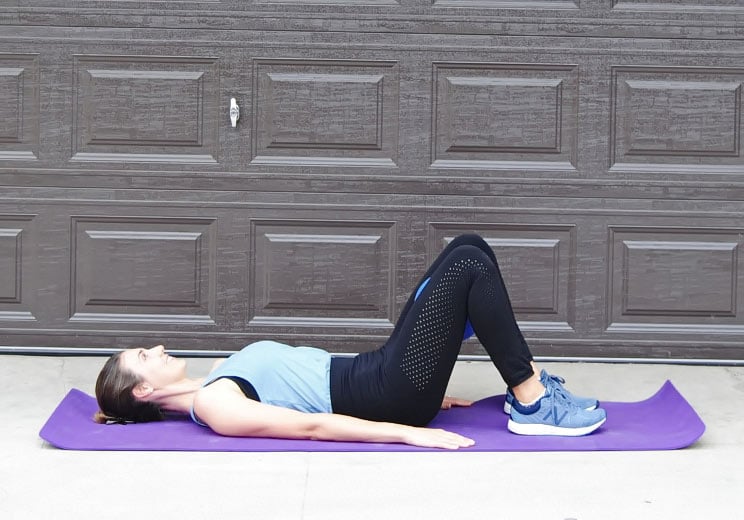
 Keto Garlic “Parmesan” Wings
Keto Garlic “Parmesan” Wings
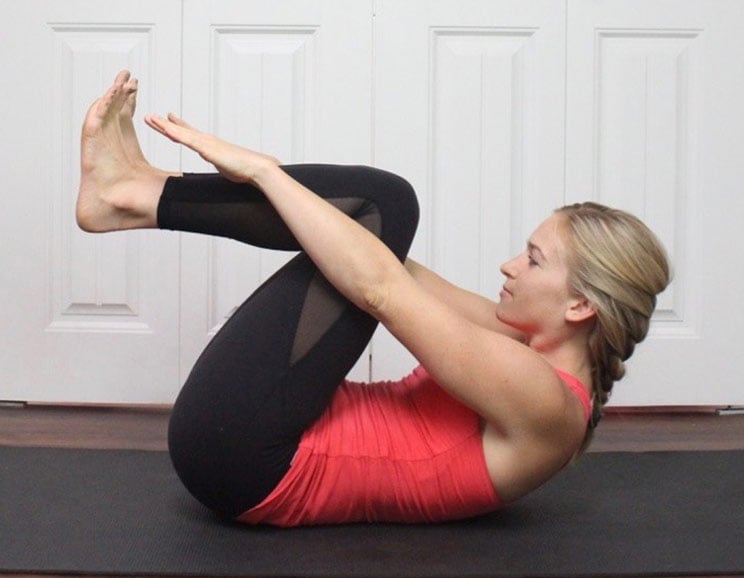
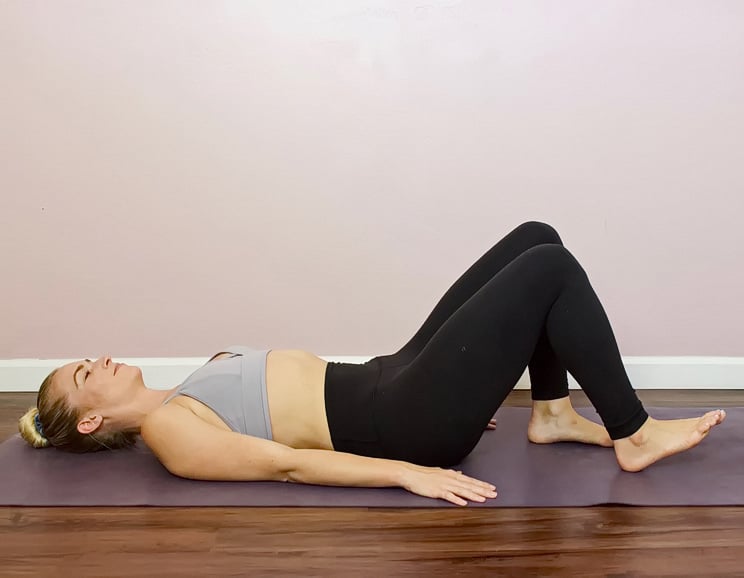
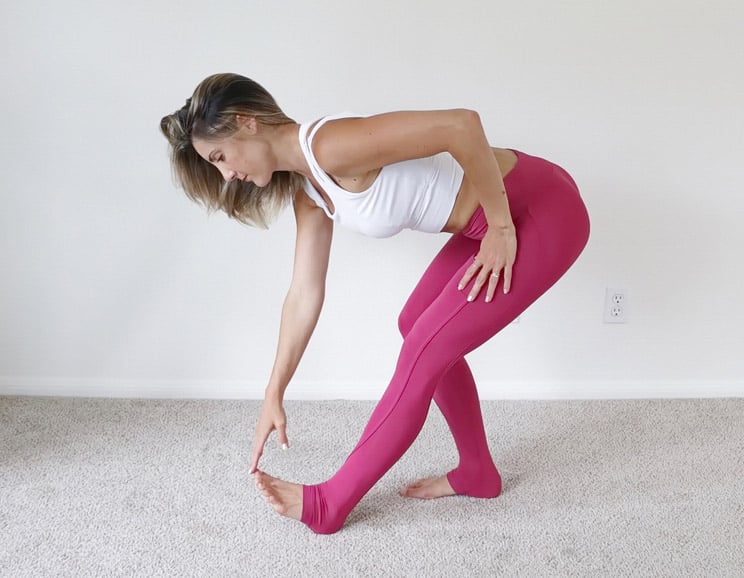
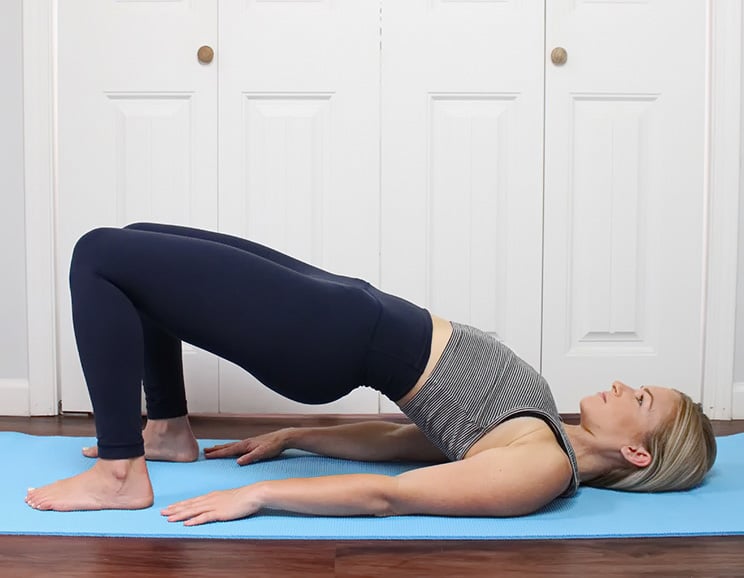
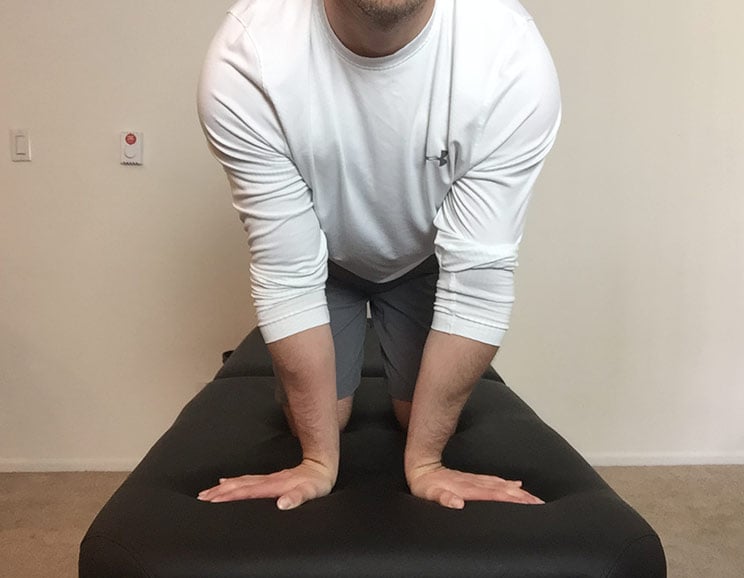
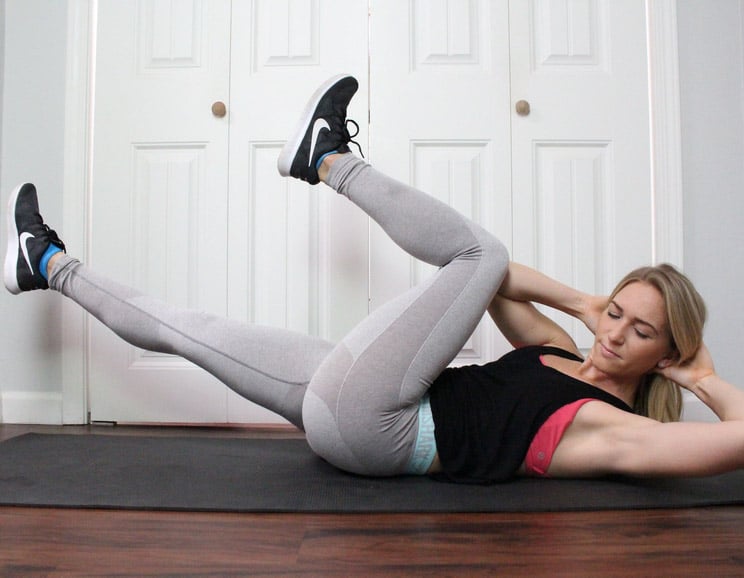



Show Comments